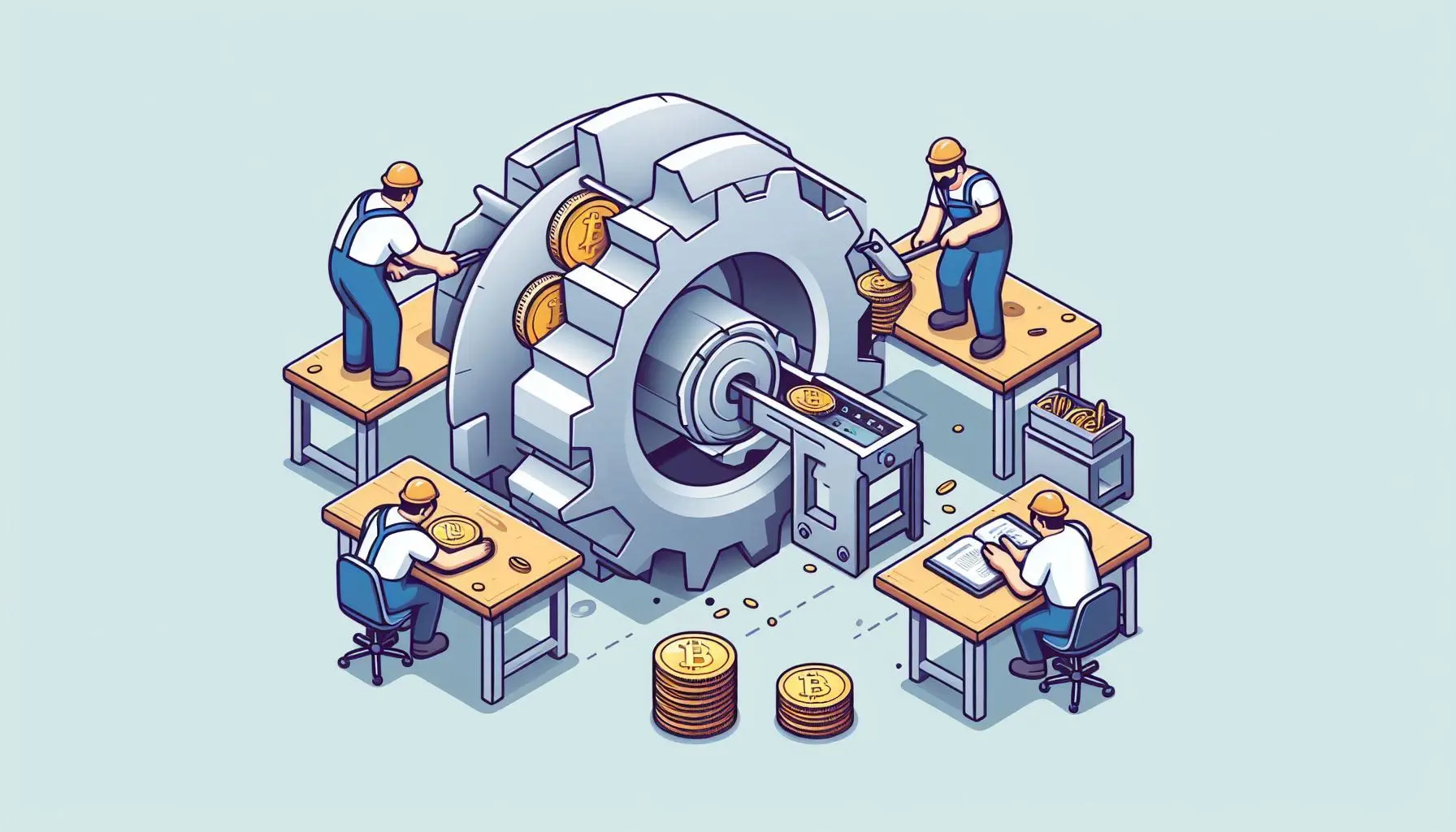Physical Address
W Sunrise St, Bisbee, Arizona 85603
Physical Address
W Sunrise St, Bisbee, Arizona 85603

Bitcoin, the world’s leading cryptocurrency, has reached a new all-time high of $70,000 on March 9, 2024, amid growing institutional adoption, regulatory clarity, and innovation on the network.
This remarkable milestone comes just a few weeks before the next Bitcoin halving, an event that will reduce the supply of new coins by 50%. And JPMorgan says bitcoin price could drop towards $42,000 post April halving.
In this article, we will explain what the halving is, why it matters, and what other developments are driving Bitcoin’s growth.
The Bitcoin halving is a pre-programmed event that occurs every 210,000 blocks, or approximately every four years, on the Bitcoin network. The halving reduces the reward that miners receive for validating transactions and securing the network by 50%.
The first halving in 2012 cut the reward from 50 to 25 bitcoins per block, the second halving in 2016 from 25 to 12.5 bitcoins, and the third halving in 2020 from 12.5 to 6.25 bitcoins. The next halving, expected to happen on April 17, 2024, will reduce the reward to 3.125 bitcoins per block.
The halving is important because it affects the supply and inflation rate of Bitcoin. Bitcoin has a fixed total supply of 21 million coins, and the halving ensures that the supply growth rate decreases over time. This creates scarcity and disinflation for Bitcoin, making it a digital store of value that is resistant to inflation and manipulation.
The halving also affects the profitability and behavior of miners, who are the backbone of the network. Miners have to balance their costs (such as electricity and hardware) with their revenues (such as block rewards and fees).
The halving reduces their revenues, which could lead to some miners exiting the market or upgrading their equipment. This could affect the network’s hash rate, difficulty, and security.
Historically, the halving has been associated with positive price movements for Bitcoin, as the supply reduction creates a supply-demand imbalance that drives the price up.
However, the halving is not the only factor that influences the price, and the market conditions and expectations may vary for each halving.
The table below shows the price performance of Bitcoin before and after each halving:
| Halving Date | Block Number | Reward | Price 1 Year Before | Price on Halving Day | Price 1 Year After | Price Change (%) |
|---|---|---|---|---|---|---|
| Nov 28, 2012 | 210,000 | 25 | $2.54 | $12.20 | $1,037.00 | +8,400% |
| Jul 9, 2016 | 420,000 | 12.5 | $268.00 | $650.00 | $2,525.00 | +288% |
| May 11, 2020 | 630,000 | 6.25 | $5,387.00 | $8,566.00 | $58,789.00 | +586% |
| Apr 17, 2024 | 840,000 | 3.125 | $19,876.00 | $70,000.00 | ? | ? |
As we can see, the price of Bitcoin tends to increase significantly in the year following the halving, although the magnitude and timing of the increase may vary.
The current price of $70,000 represents a 252% increase from the price one year before the halving, which is comparable to the previous halving cycles.
However, the price could still go higher, as some analysts predict that Bitcoin could reach $100,000 or even $200,000 by the end of 2024.
The halving is not the only catalyst for Bitcoin’s growth. There are several other developments that are boosting the adoption, innovation, and value proposition of Bitcoin.
Some of the most notable ones are:
Bitcoin has reached a new milestone of $70,000, demonstrating its resilience and strength as the leading cryptocurrency. The upcoming halving, which will reduce the supply of new coins by 50%, is a key event that could further boost the price and value of Bitcoin.
However, the halving is not the only factor that influences the price, and there are several other developments that are driving the adoption, innovation, and value proposition of Bitcoin. Bitcoin is not just surviving; it’s evolving.
Your article helped me a lot, is there any more related content? Thanks!